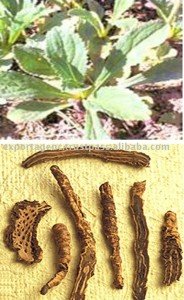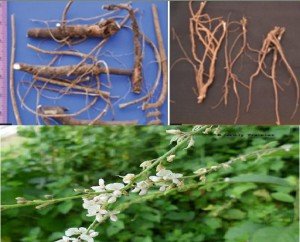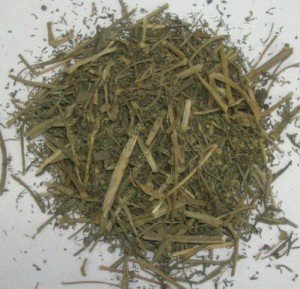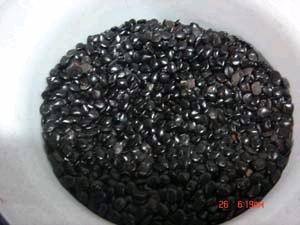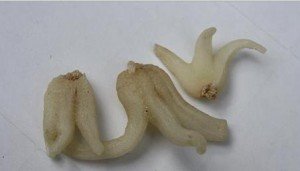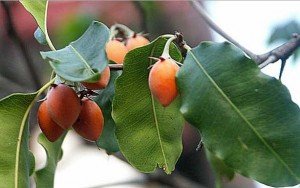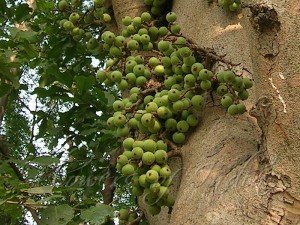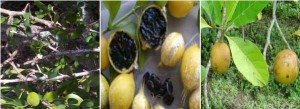Description :
Flax is a cool temperate annual herb with erect, slender stems, 80-120 cm tall. A cultivated plant in closely spaced field conditions it has little branching except at the apex. Leaves are alternate, lance-like and greyish-green with 3 veins. Flowers have five, pale blue petals in a cluster. The sepals are lance-like and nearly as long as the pointed fruit. The fruit is spherical capsules. The seeds are oval, somewhat flattened, 4-6mm long and are pale to dark brown and shiny. Flax is native to the region extending from the eastern Mediterranean to India. It was extensively cultivated in ancient Egypt. Flax is grown both for its seed and for its fibres. Interestingly, the species name usitatissimum means, most useful. Various parts of the plant have been used to make fabric, dye, paper, medicines, fishing nets and soap.In Durga Puja, five flowers are offered to goddes Durga, red China Rose, Red Oleander, Lotus, Aparajita and Atasi.
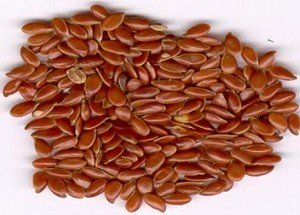
Details :
Botanical Name: Linum usitatissimum
Hindi Name : Alsi, Tisi
English Name : Linseed, Flaxseed, Lint Bells
Common Name: Flax, Common flax, Flaxseed, Linseed
Sanskrit Name: Atasi
Arabic Name : Bazr al-kattaan
Bengali Name : Mashina, Tisi,Atasi
Tamil Name: Ali
Telugu Name: Madanginja, Ullusulu
Chinese Name : Hu ma
French Name : Lin cultivé
German Name : Lein, Flachs
Gujarati Name : Alshi
Kannada Name : Agasebeeja, Semeagare, Agasi
Kashmiri Name : Alsi, Alish, Kenu
Latin Name : Linum usitatissimum Linn.
Marathi Name : Javas, Alshi
Persian Name : Tukhme Katan, Tukhme Zaghir
Punjabi Name : Ali, Alish, Alsi, Tisi
Sanskrit Name : Uma, Atasi
Family Name : Linaceae
Part Used :Flax Seeds, Flax Seed Oil, Leaves & Root
Medicinal Uses :
- Powdered seeds or the press-cake are used as an emollient, in poultices for boils, carbuncles and other skin afflictions.
- The oil pressed from the seed (linseed oil) has been used for a variety of industrial purposes and the oil-free meal could befed to livestock.
- It is used internally in habitual constipation, functional disorders of the colon resulting from the misuse of laxatives and irritable colon, as a demulcent preparation in gastritis and enteritis.
- The seeds are useful in the treatment of gonorrhea, irritations of the genitor urinary organs, nephritis and cystitis, provided taken in the form of tea repetitively.
- A loose poultice of the seeds can be applied with excellent results in chest troubles and diseases like pneumonia, broncho-pneumonia and pleurisy. The counter-irritant effect of the poultice can be enhanced by dusting mustard powder over it.
- The seeds are valuable in the treatment of respiratory diseases besides being a useful remedy for coughs, sore chest, throat and pulmonary complaints.
